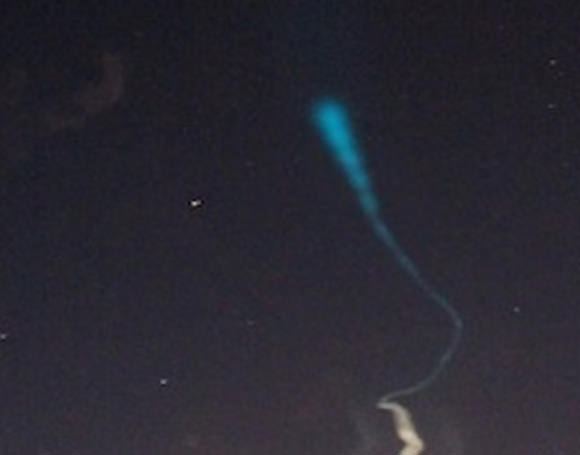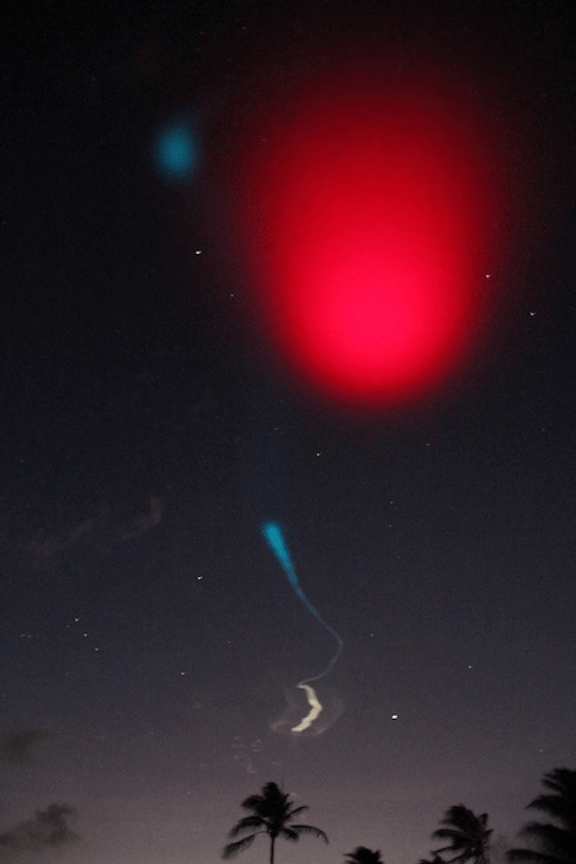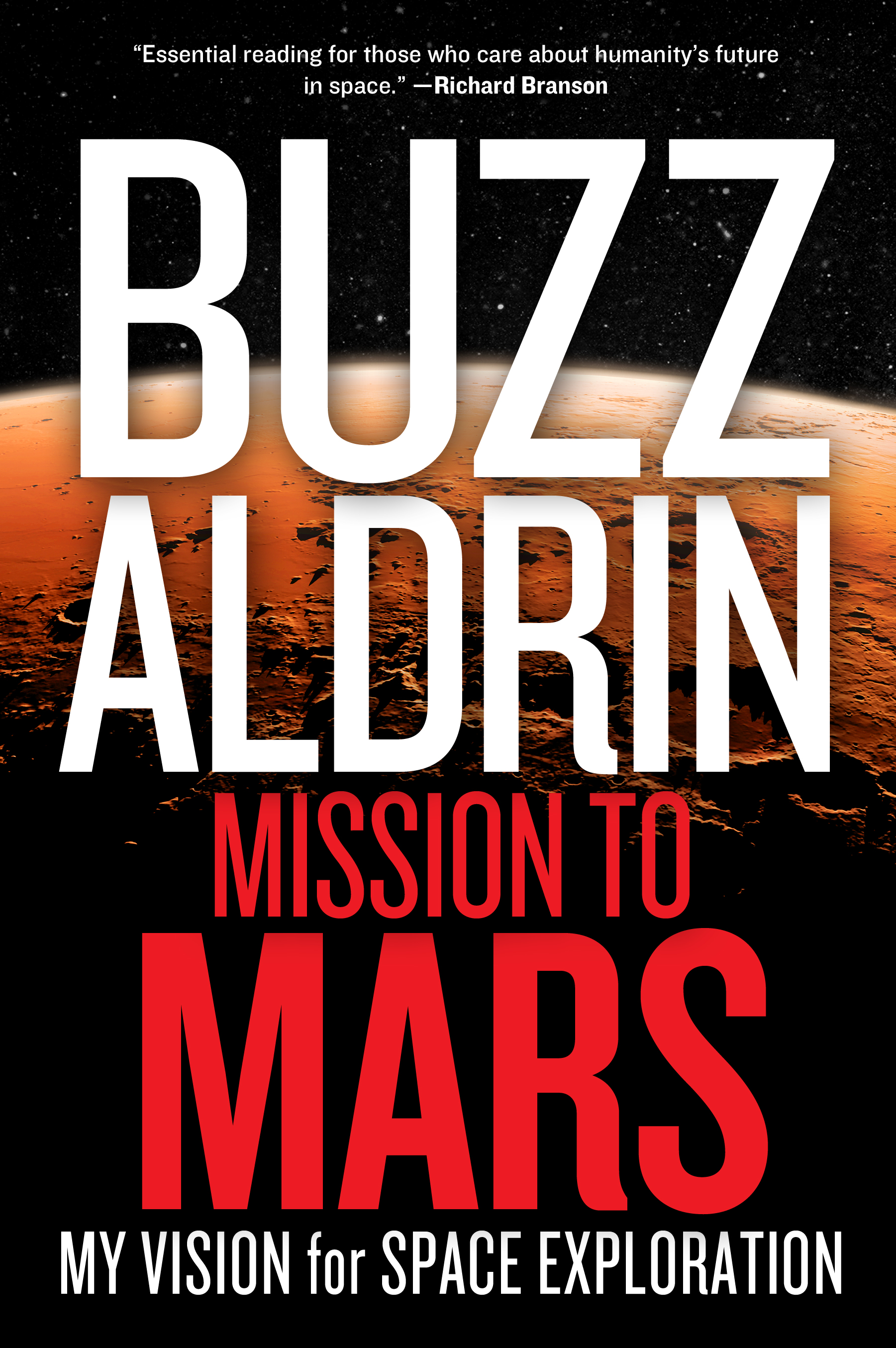This article originally appeared in Universe Today in July, 2012, but it’s been updated with a related video.
The planet Mars is one of the brightest objects in the night sky, easily visible with the unaided eye as a bright red star. Every two years or so, Mars and Earth reach their closest point, called “opposition”, when Mars can be as close as 55,000,000 km from Earth. And every two years, space agencies take advantage of this orbital alignment to send spacecraft to the Red Planet. How long does it take to get to Mars?
The total journey time from Earth to Mars takes between 150-300 days depending on the speed of the launch, the alignment of Earth and Mars, and the length of the journey the spacecraft takes to reach its target. It really just depends on how much fuel you’re willing to burn to get there. More fuel, shorter travel time.
History of Going to Mars:
The first spacecraft ever to make the journey from Earth to Mars was NASA’s Mariner 4, which launched on November 28, 1964 and arrived at Mars July 14, 1965, successfully taking a series of 21 photographs. Mariner 4’s total flight time was 228 days.
The next successful mission to Mars was Mariner 6, which blasted off on February 25, 1969 and reached the planet on July 31, 1969; a flight time of only 156 days. The successful Mariner 7 only required 131 days to make the journey.

Mariner 9, the first spacecraft to successfully go into orbit around Mars launched on May 30, 1971, and arrived November 13, 1971 for a duration of 167 days. This is the same pattern that has held up for more almost 50 years of Mars exploration: approximately 150-300 days.
Here are some more examples:
- Viking 1 (1976) – 335 days
- Viking 2 (1976) – 360 days
- Mars Reconnaissance Orbiter (2006) – 210 days
- Phoenix Lander (2008) – 295 days
- Curiosity Lander (2012) – 253 days
Why Does it Take So Long?:

When you consider the fact that Mars is only 55 million km away, and the spacecraft are travelling in excess of 20,000 km/hour, you would expect the spacecraft to make the journey in about 115 days, but it takes much longer. This is because both Earth and Mars are orbiting around the Sun. You can’t point directly at Mars and start firing your rockets, because by the time you got there, Mars would have already moved. Instead, spacecraft launched from Earth need to be pointed at where Mars is going to be.
The other constraint is fuel. Again, if you had an unlimited amount of fuel, you’d point your spacecraft at Mars, fire your rockets to the halfway point of the journey, then turn around and decelerate for the last half of the journey. You could cut your travel time down to a fraction of the current rate – but you would need an impossible amount of fuel.
How to Get to Mars with the Least Amount of Fuel:
The primary concern of engineers is how to get a spacecraft to Mars, on the least amount of fuel. Robots don’t really care about the hostile environment of space, so it makes sense to decrease the launch costs of the rocket as much as possible.
NASA engineers use a method of travel called a Hohmann Transfer Orbit – or a Minimum Energy Transfer Orbit – to send a spacecraft from Earth to Mars with the least amount of fuel possible. The technique was first proposed by Walter Hohmann who published the first description of the maneuver in 1925.
Instead of pointing your rocket directly at Mars, you boost the orbit of your spacecraft so that it’s following a larger orbit around the Sun than the Earth. Eventually that orbit will intersect the orbit of Mars – at the exact moment that Mars is there too.
If you need to launch with less fuel, you just take longer to raise your orbit, and increase the journey to Mars.
Other Ideas to Decrease the Travel Time to Mars:
Although it requires some patience to wait for a spacecraft to travel 250 days to reach Mars, we might want a completely different propulsion method if we’re sending humans. Space is a hostile place, and the radiation of interplanetary space might pose a longterm health risk to human astronauts. The background cosmic rays inflict a constant barrage of cancer-inducing radiation, but there’s a bigger risk of massive solar storms, which could kill unprotected astronauts in a few hours. If you can decrease the travel time, you reduce the amount of time astronauts are getting pelted with radiation, and minimize the amount of supplies they need to carry for a return journey.
Go Nuclear:
One idea is nuclear rockets, which heat up a working fluid – like hydrogen – to intense temperatures in a nuclear reactor, and then blast it out a rocket nozzle at high velocities to create thrust. Because nuclear fuels are far more energy dense than chemical rockets, you could get a higher thrust velocity with less fuel. It’s proposed that a nuclear rocket could decrease the travel time down to about 7 months
Go Magnetic:
Another proposal is a technology called the Variable Specific Impulse Magnetoplasma Rocket (or VASIMR). This is an electromagnetic thruster which uses radio waves to ionize and heat a propellant. This creates an ionized gas called plasma which can be magnetically thrust out the back of the spacecraft at high velocities. Former astronaut Franklin Chang-Diaz is pioneering the development of this technology, and a prototype is expected to be installed on the International Space Station to help it maintain its altitude above Earth. In a mission to Mars, a VASIMR rocket could reduce the travel time down to 5 months.
Go Antimatter:
Perhaps one of the most extreme proposals would be to use an antimatter rocket. Created in particle accelerators, antimatter is the most dense fuel you could possibly use. When atoms of matter meet atoms of antimatter, they transform into pure energy, as predicted by Albert Einstein’s famous equation: E = mc2. Just 10 milligrams of antimatter would be needed to propel a human mission to Mars in only 45 days. But then, producing even that minuscule amount of antimatter would cost about $250 million.

Future Missions to Mars:
Even though some incredible technologies have been proposed to shorten the travel time to Mars, engineers will be using the tried and true methods of following minimum energy transfer orbits using chemical rockets. NASA’s MAVEN mission will launch in 2013 using this technique, as well ESA’s ExoMars missions. It might be a few decades before other methods become common techniques.
Research further:
Information about Interplanetary Orbits – NASA
7 Minutes of Terror – The Challenge of Landing at Mars
NASA Proposal for a nuclear rocket engine
Hohmann Transfer Orbits – Iowa State University
Minimum Transfers and Interplanetary Orbits
New and Improved Antimatter Space Ship for Mars Missions – NASA
Astronomy Cast Episode 84: Getting Around the Solar System
Related Stories from Universe Today:
Travel to Mars in Only 39 Days
A One Way, One Person Mission to Mars
Could a Human Mission to Mars be Funded Commercially?
How Will MSL Navigate to Mars? Very Carefully
A Cheap Solution to Getting to Mars?
Why have so many missions to Mars failed?
This article originally appeared in Universe Today in July, 2012, but it’s been updated with a related video.





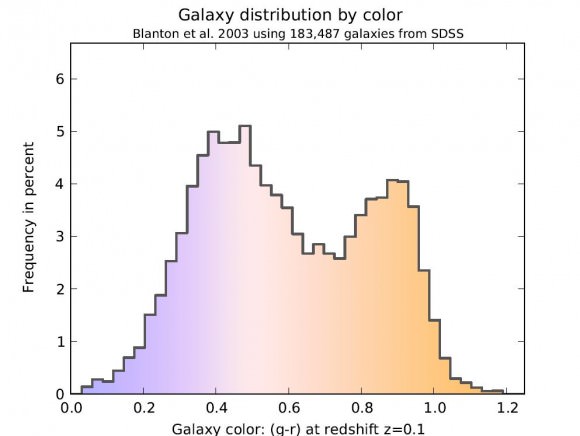
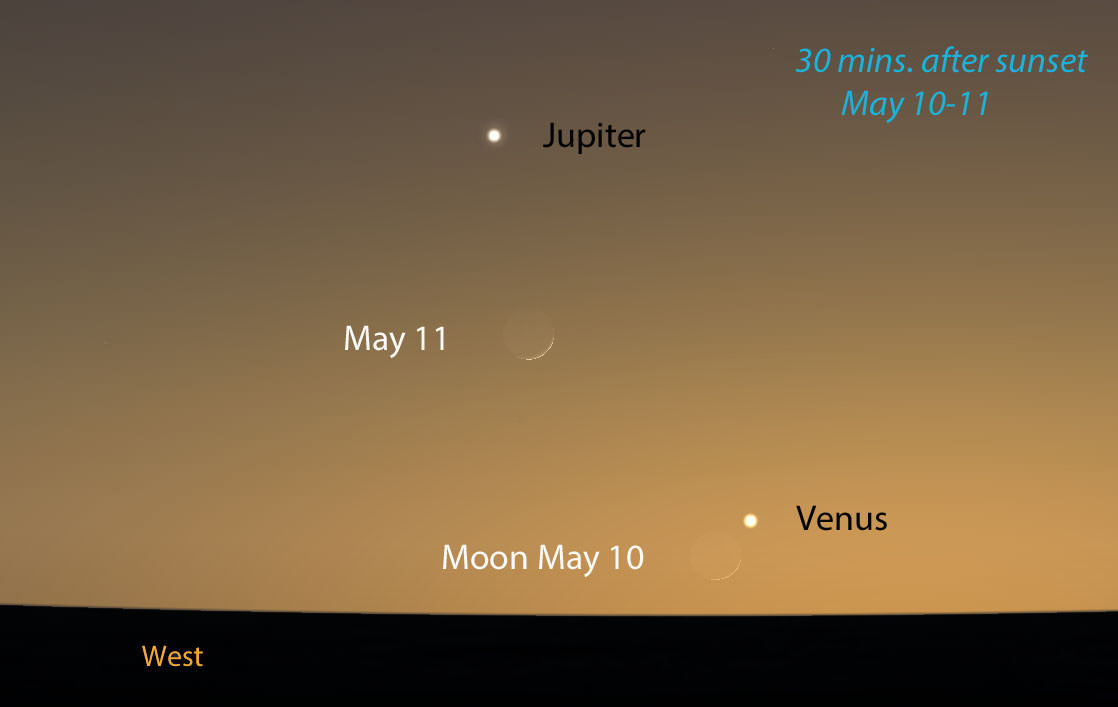

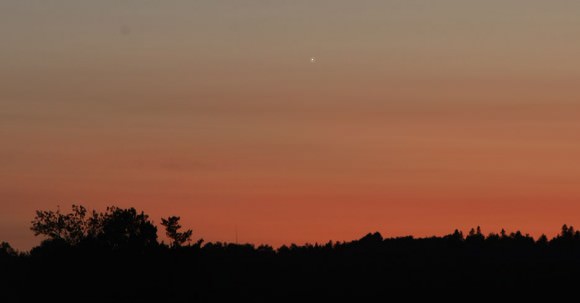
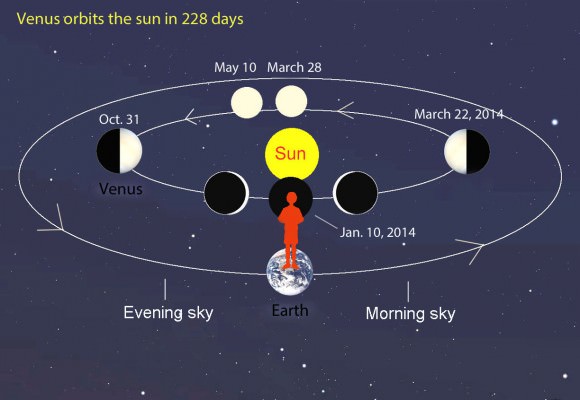
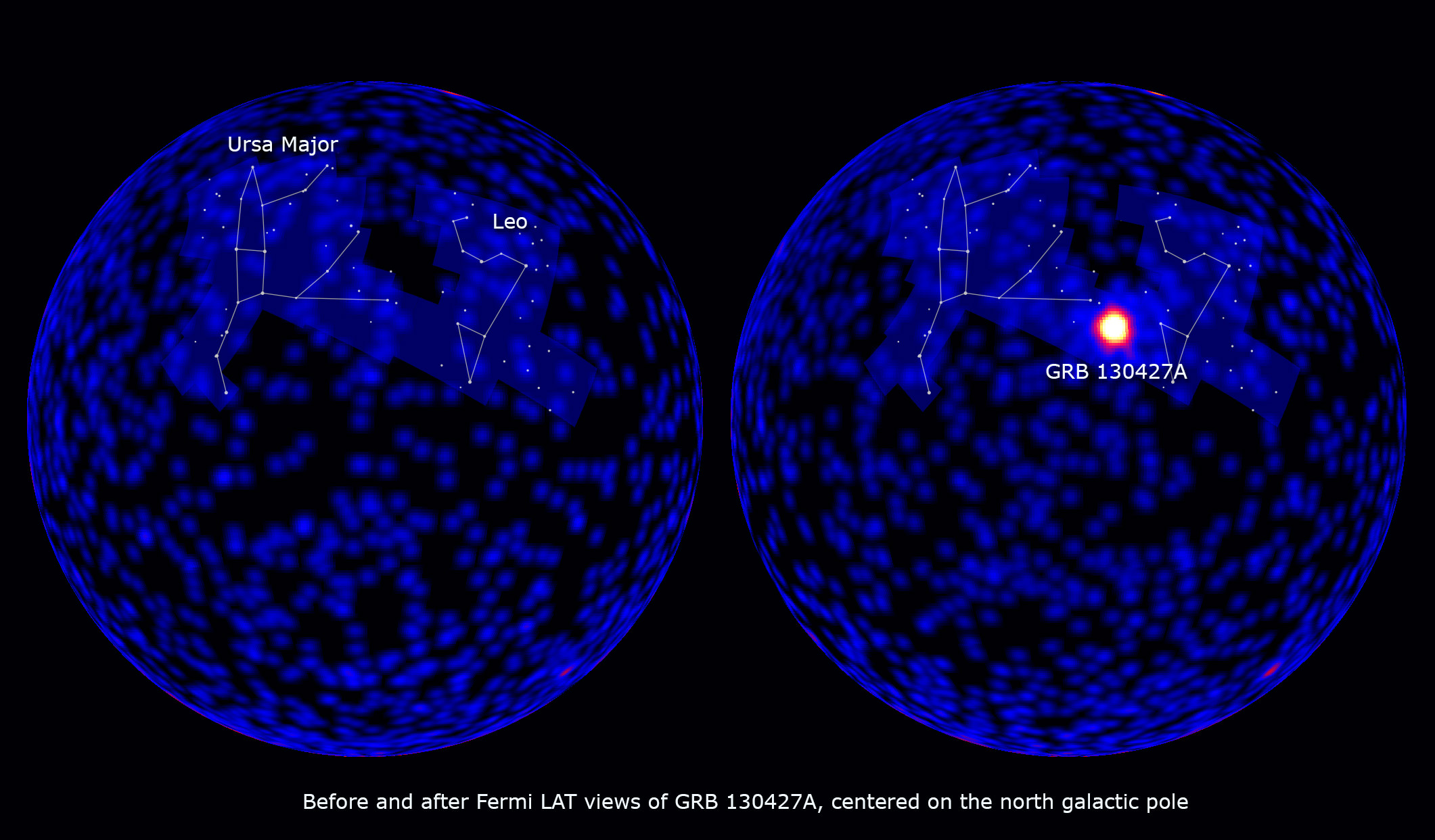
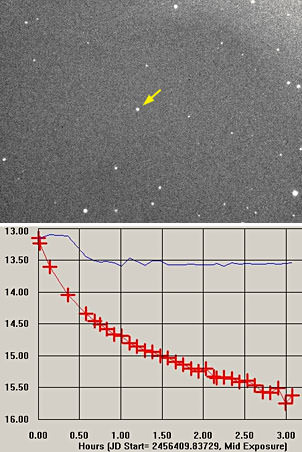
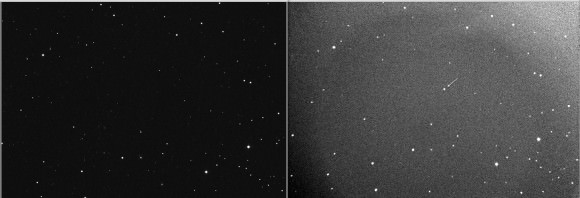
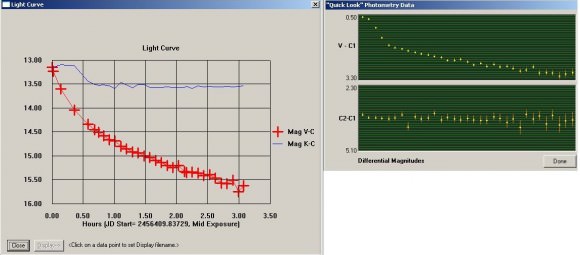

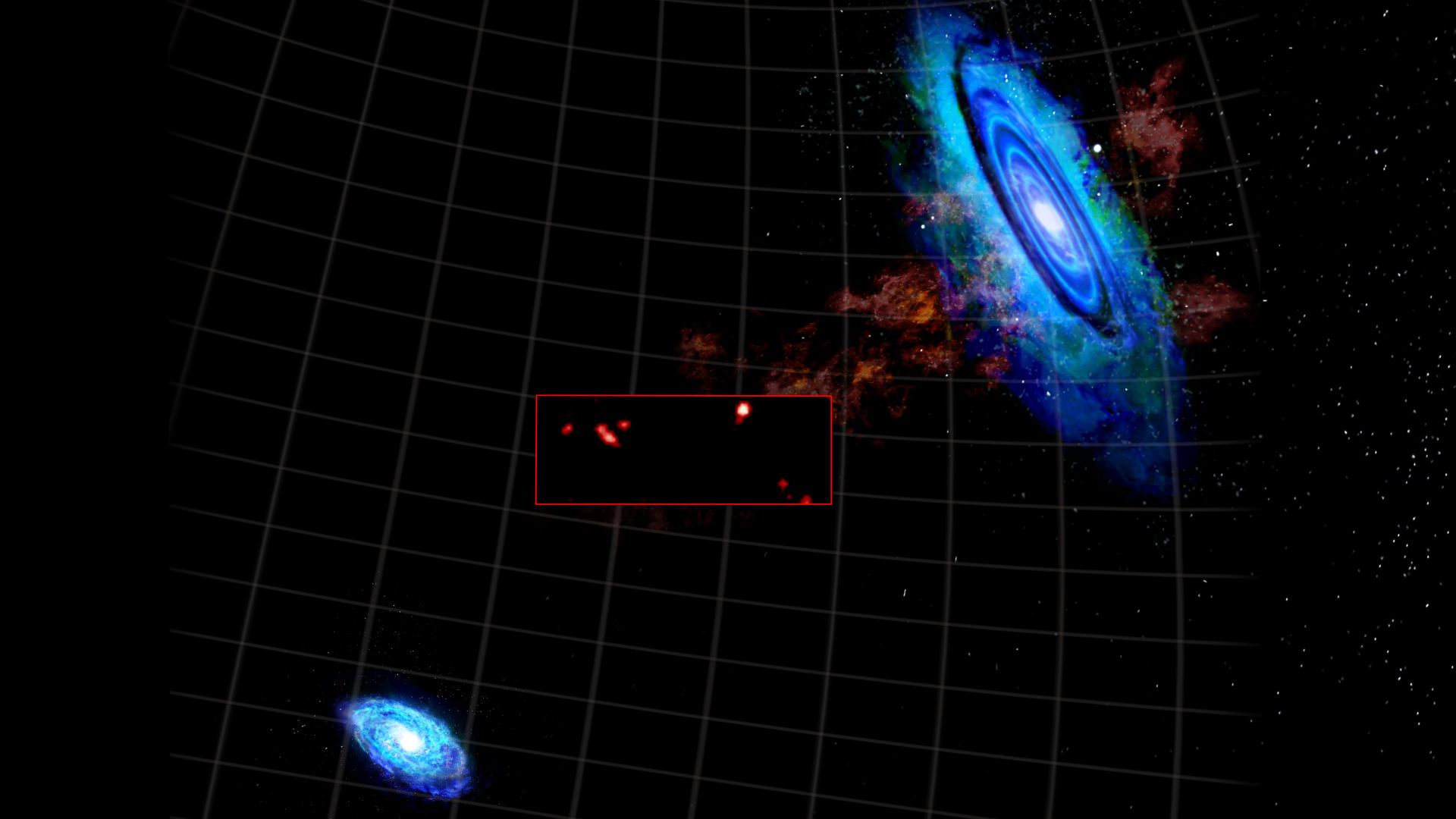
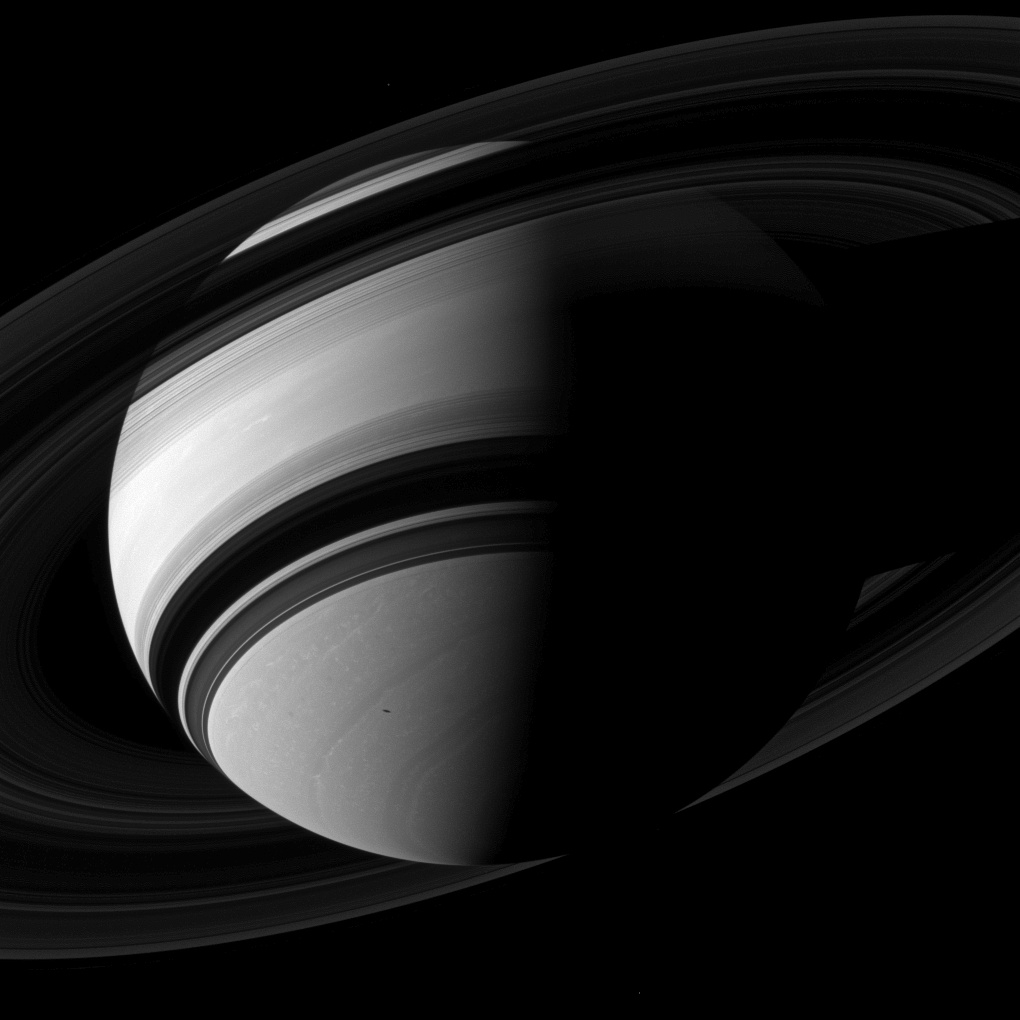

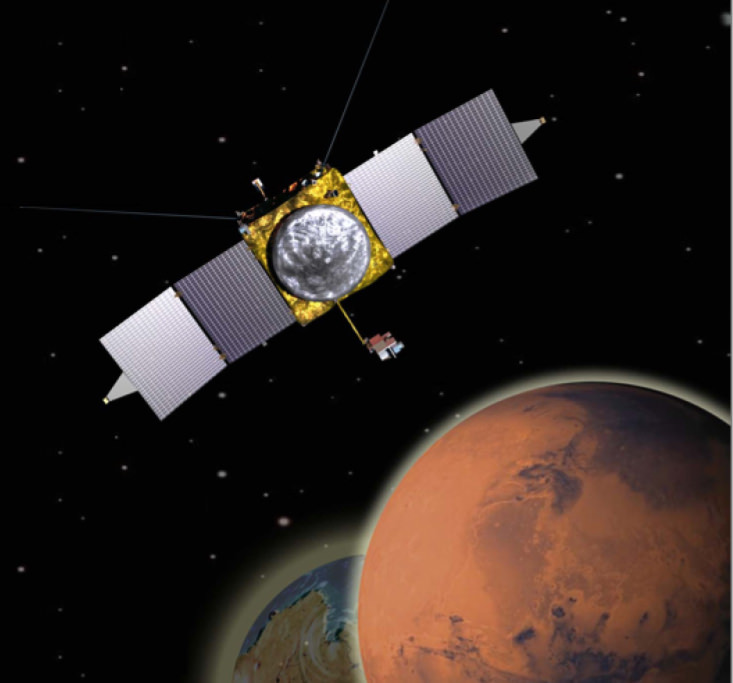
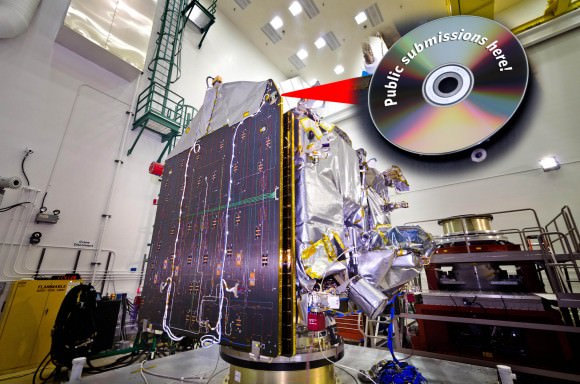
![470505_10150721848592868_1231281550_o[1]](https://www.universetoday.com/wp-content/uploads/2013/05/470505_10150721848592868_1231281550_o1-580x214.jpg)
